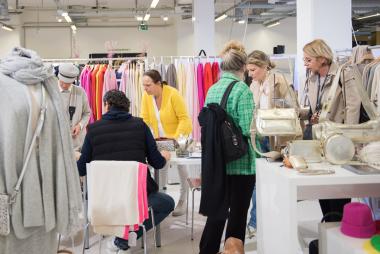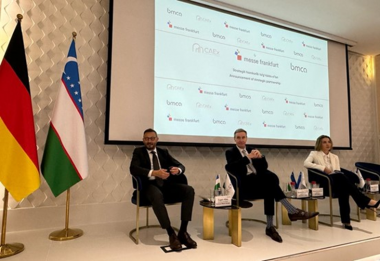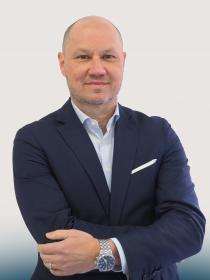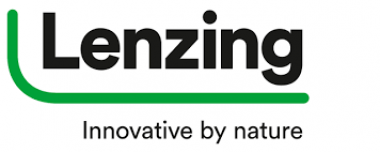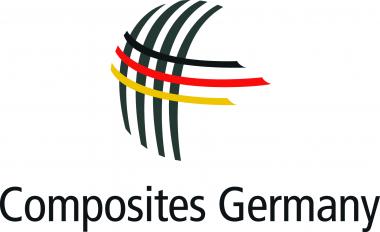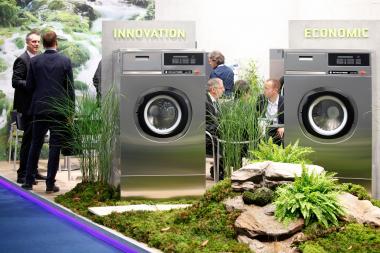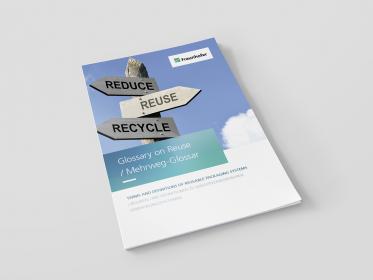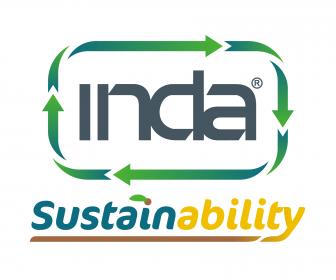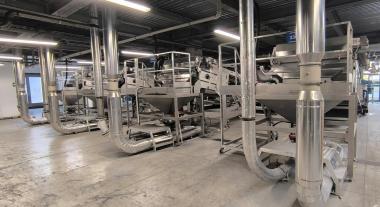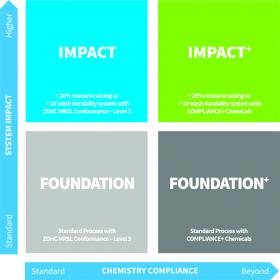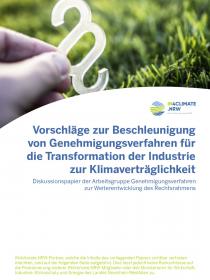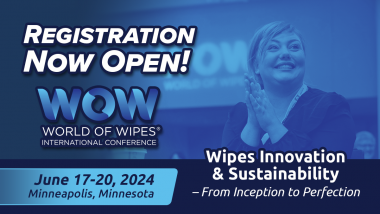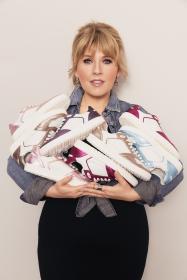Erfolgreiche Supreme Women&Men München: Positives Signal für den Handel
Die vier Ordermesse-Tage der Supreme Women&Men München beflügelte ein noch nie da gewesener Zuspruch. Die The Supreme Group konnte sich vom ersten Messetag über eine hohe Frequenz von Einkäufern und Besuchern freuen, an den Ständen wurde intensiv gesichtet, geordert und sich über die kommende Zeit im Handel ausgetauscht.
Der Sonntag war der stärkste Tag der Supreme Women&Men München, aber auch Montag und Dienstag blieben konstant gut. Die hohe Frequenz und die positive Stimmung überraschten nicht nur das Team von der The Supreme Group rund um Aline Müller-Schade. Vielmehr waren alle Beteiligten von den Ausstellern über den Handel bis hin zu den Einkäufern überrascht. Die Orderplattform war zu 100% ausgelastet, was ein deutliches positives Signal für den Handel darstellt.
Die kommende Sommerausgabe, Saison Frühjahr/Sommer 2025, findet vom 10.- 13. August 2024 statt.
The Supreme Group


